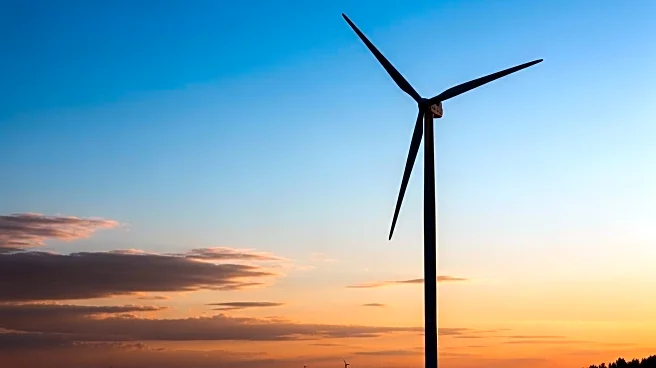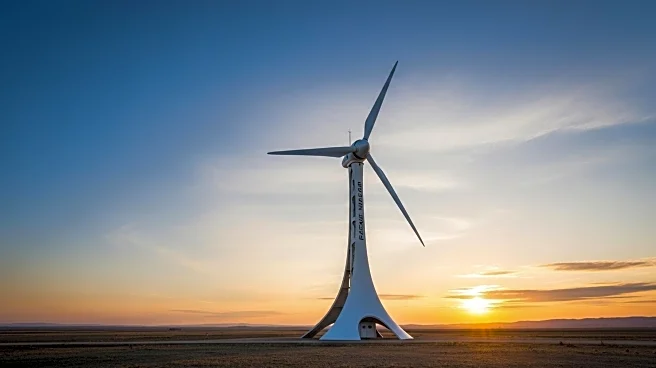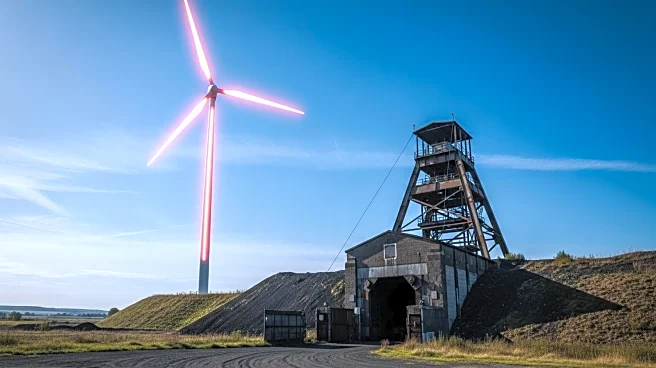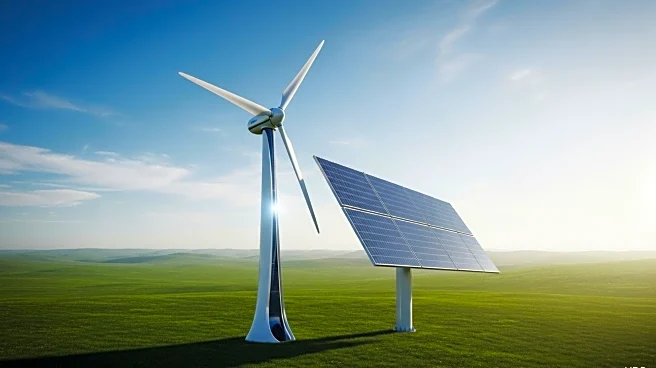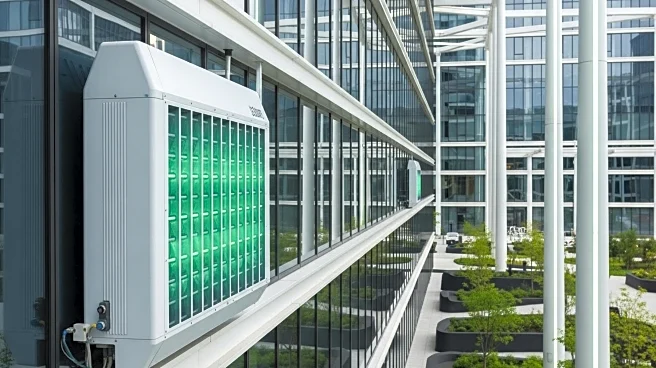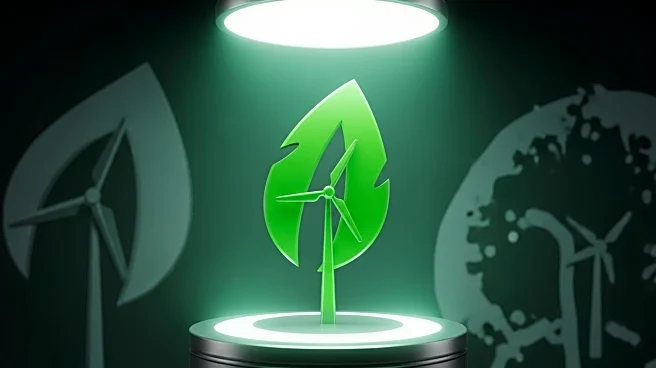What's Happening?
The California Energy Commission has approved $42.75 million in grants to five state ports to facilitate the development of facilities for offshore wind farms. This funding is part of a larger $136 million investment in clean energy technology, supported by a climate bond measure passed by California voters. The largest grant, $20 million, is allocated to the Port of Long Beach for the Pier Wind project, which aims to create a staging, storage, and assembly facility for floating offshore wind turbines. Additional grants were awarded to Humboldt Bay, Oakland, Richmond, and Port San Luis. The Port of Long Beach plans to match $11 million to advance engineering, environmental, and business planning for Pier Wind, which is expected to play a crucial role in California's goal to generate 25 GW of offshore wind energy by 2045.
Why It's Important?
This funding initiative is significant as it supports California's ambitious clean energy goals, particularly in offshore wind energy development. The grants will help create thousands of manufacturing jobs and contribute to the state's energy portfolio diversification. The move comes amid federal funding withdrawals for offshore wind projects, highlighting California's commitment to renewable energy despite national policy shifts. The development of port facilities is essential for the logistical support of offshore wind farms, which are crucial for meeting future energy demands and reducing reliance on fossil fuels.
What's Next?
Construction on the Pier Wind project at the Port of Long Beach could begin as early as 2027, with phased completion expected by 2035. The state plans to release additional funding from the Proposition 4 climate bond to further support clean energy projects. The Port of Long Beach will continue to seek additional bond proceeds to advance the Pier Wind project. Other ports will use their grants for feasibility studies and infrastructure development to support offshore wind operations.
Beyond the Headlines
California's push for offshore wind development reflects broader environmental and economic strategies to transition away from fossil fuels. The state's focus on renewable energy is part of a larger trend towards sustainable development, which includes investments in solar, battery storage, and electric vehicle infrastructure. This shift not only addresses climate change but also positions California as a leader in clean energy innovation.

